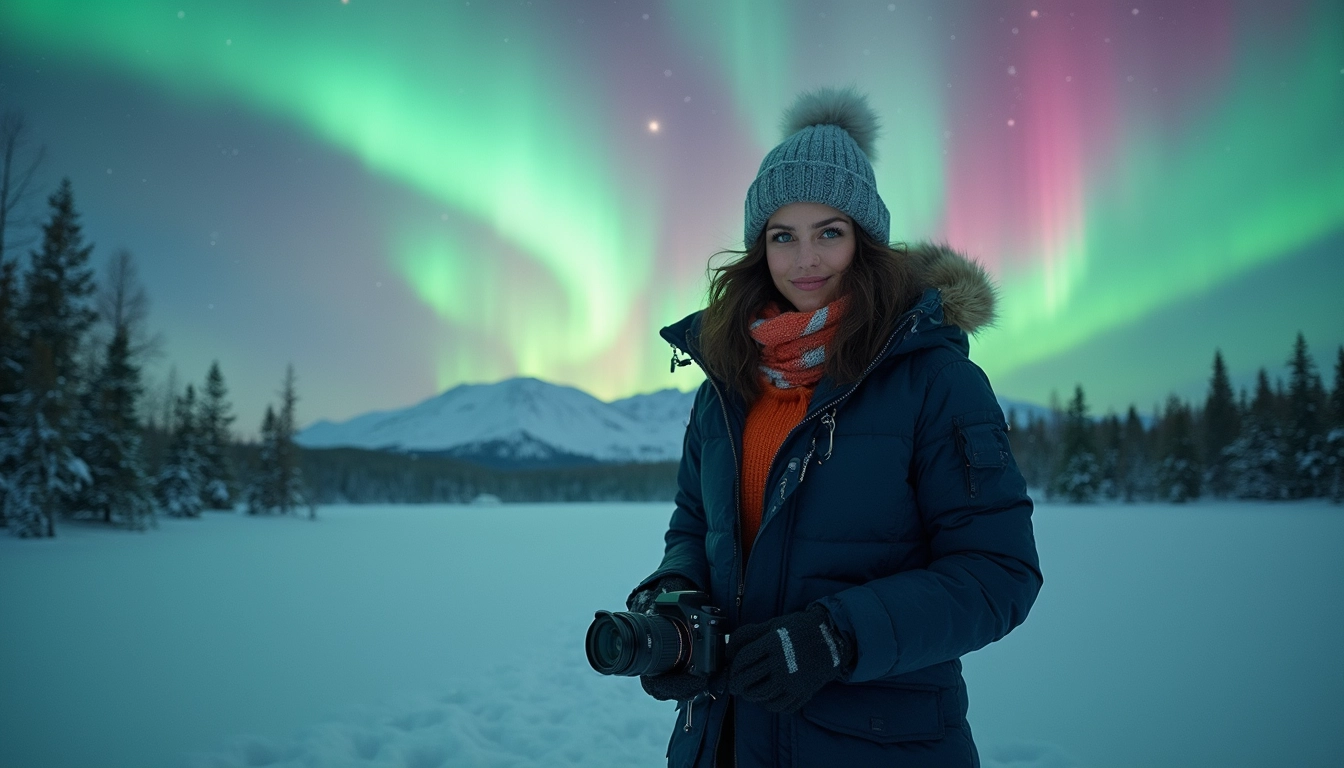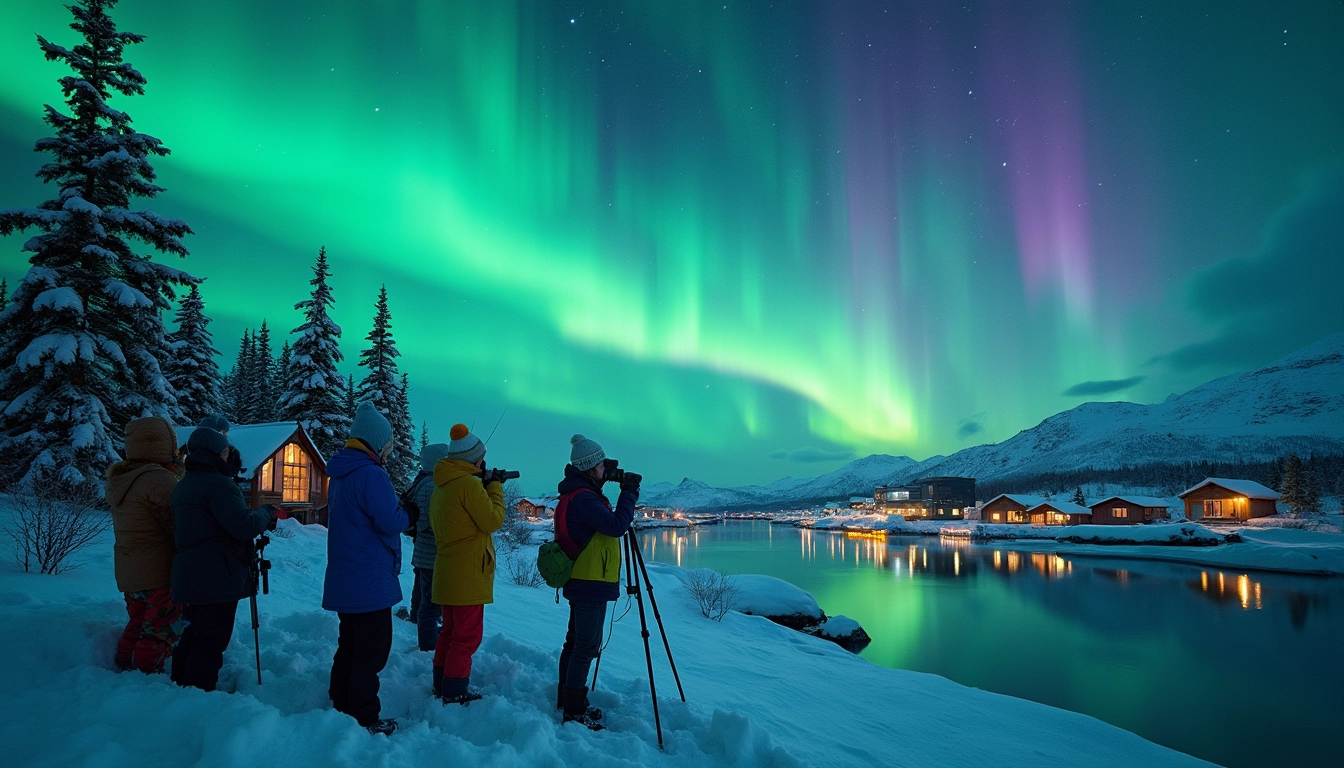
2025 Northern Lights Peak Season Offers Spectacular Arctic Viewing Opportunities
The year 2025 marks an exceptional period for witnessing the Northern Lights, with the solar maximum intensifying auroral displays across the Arctic regions. This rare astronomical event coincides with peak solar activity, creating more frequent and vibrant displays of the aurora borealis that will paint the night sky in mesmerizing colors.
Table of Contents
Key Takeaways:
- Solar maximum in 2025 will produce more intense and frequent auroral displays
- Prime viewing season runs from September through March, with optimal conditions during equinoxes
- Top locations include Tromsø, Fairbanks, and Yellowknife with exceptional viewing probabilities
- Clear skies and minimal light pollution are crucial for successful aurora viewing
- Advance planning and proper equipment are essential for the best experience
Prime Locations for Aurora Viewing
Tromsø, Norway stands out as a premier destination for Northern Lights viewing, offering 250 clear nights annually. At 69°N latitude, its position under the auroral oval provides spectacular viewing opportunities. Fairbanks, Alaska presents an equally compelling option with an 80% chance of sightings during peak season. As space exploration advances our understanding of celestial phenomena, these locations remain consistent in their reliability for aurora viewing.

Optimal Timing and Conditions
The best viewing opportunities occur between September and March, with equinoxes offering particularly favorable conditions. Similar to how NASA monitors space weather, tracking the KP index becomes crucial for aurora hunters. I recommend checking aurora forecasts and planning around the new moon for optimal visibility.
Essential Preparation Tips
Success in aurora viewing requires careful preparation. To enhance your experience, consider using automation tools from Latenode to track aurora forecasts and weather conditions. Pack appropriate cold-weather gear as temperatures can plummet to -40°C in prime viewing locations.
Unique Viewing Experiences
2025 offers distinctive ways to experience the aurora, from glass igloos in Finland to Northern Lights cruises along Norway’s coast. As space tourism evolves, ground-based aurora viewing remains an accessible way to connect with cosmic phenomena.
Scientific Understanding
The aurora occurs when solar particles interact with Earth’s magnetosphere, creating stunning displays between 80-500 km above Earth’s surface. Different colors emerge from oxygen and nitrogen atoms, with green being the most common, followed by pink, purple, and rare red displays during intense solar activity.
Planning Your Aurora Adventure
Book accommodations 6-12 months ahead, especially for popular viewing locations. Consider multi-destination trips to increase your chances of successful sightings. Remember that while the solar maximum of 2025 improves viewing odds, patience and flexibility remain key to a successful aurora hunting experience.


